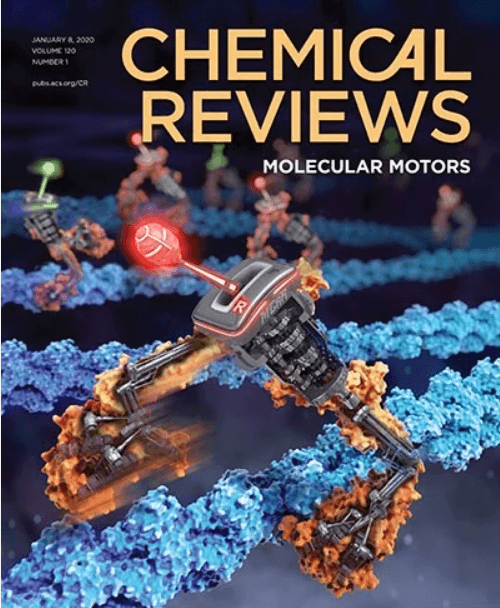Computer-Aided Drug Discovery for Undruggable Targets.
IF 55.8
1区 化学
Q1 CHEMISTRY, MULTIDISCIPLINARY
引用次数: 0
Abstract
Undruggable targets are those of therapeutical significance but challenging for conventional drug design approaches. Such targets often exhibit unique features, including highly dynamic structures, a lack of well-defined ligand-binding pockets, the presence of highly conserved active sites, and functional modulation by protein-protein interactions. Recent advances in computational simulations and artificial intelligence have revolutionized the drug design landscape, giving rise to innovative strategies for overcoming these obstacles. In this review, we highlight the latest progress in computational approaches for drug design against undruggable targets, present several successful case studies, and discuss remaining challenges and future directions. Special emphasis is placed on four primary target categories: intrinsically disordered proteins, protein allosteric regulation, protein-protein interactions, and protein degradation, along with discussion of emerging target types. We also examine how AI-driven methodologies have transformed the field, from applications in protein-ligand complex structure prediction and virtual screening to de novo ligand generation for undruggable targets. Integration of computational methods with experimental techniques is expected to bring further breakthroughs to overcome the hurdles of undruggable targets. As the field continues to evolve, these advancements hold great promise to expand the druggable space, offering new therapeutic opportunities for previously untreatable diseases.不可药物靶标的计算机辅助药物发现。
不可药物靶点是那些具有治疗意义但对传统药物设计方法具有挑战性的靶点。这些靶标通常表现出独特的特征,包括高度动态的结构,缺乏明确的配体结合袋,高度保守的活性位点的存在,以及蛋白质-蛋白质相互作用的功能调节。计算模拟和人工智能的最新进展彻底改变了药物设计领域,产生了克服这些障碍的创新策略。在这篇综述中,我们重点介绍了针对不可药物靶点的药物设计的计算方法的最新进展,介绍了几个成功的案例研究,并讨论了仍然存在的挑战和未来的方向。特别强调的是四个主要的靶标类别:内在无序蛋白质,蛋白质变构调节,蛋白质-蛋白质相互作用和蛋白质降解,以及对新兴靶标类型的讨论。我们还研究了人工智能驱动的方法如何改变了该领域,从蛋白质配体复合物结构预测和虚拟筛选的应用到不可药物靶标的从头生成配体。计算方法与实验技术的结合有望带来进一步的突破,以克服不可药物目标的障碍。随着该领域的不断发展,这些进步为扩大药物空间提供了巨大的希望,为以前无法治疗的疾病提供了新的治疗机会。
本文章由计算机程序翻译,如有差异,请以英文原文为准。
求助全文
约1分钟内获得全文
求助全文
来源期刊

Chemical Reviews
化学-化学综合
CiteScore
106.00
自引率
1.10%
发文量
278
审稿时长
4.3 months
期刊介绍:
Chemical Reviews is a highly regarded and highest-ranked journal covering the general topic of chemistry. Its mission is to provide comprehensive, authoritative, critical, and readable reviews of important recent research in organic, inorganic, physical, analytical, theoretical, and biological chemistry.
Since 1985, Chemical Reviews has also published periodic thematic issues that focus on a single theme or direction of emerging research.
 求助内容:
求助内容: 应助结果提醒方式:
应助结果提醒方式:


